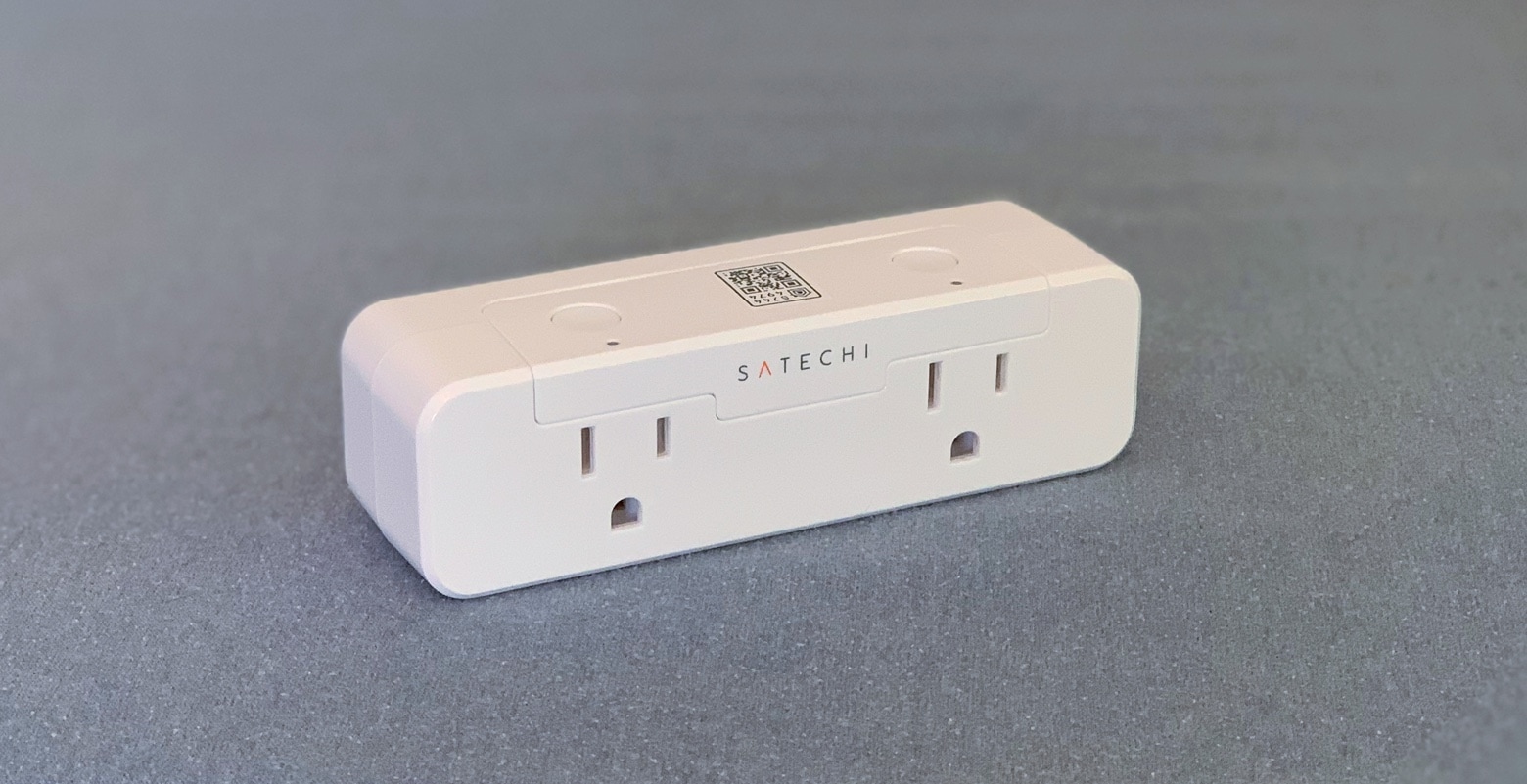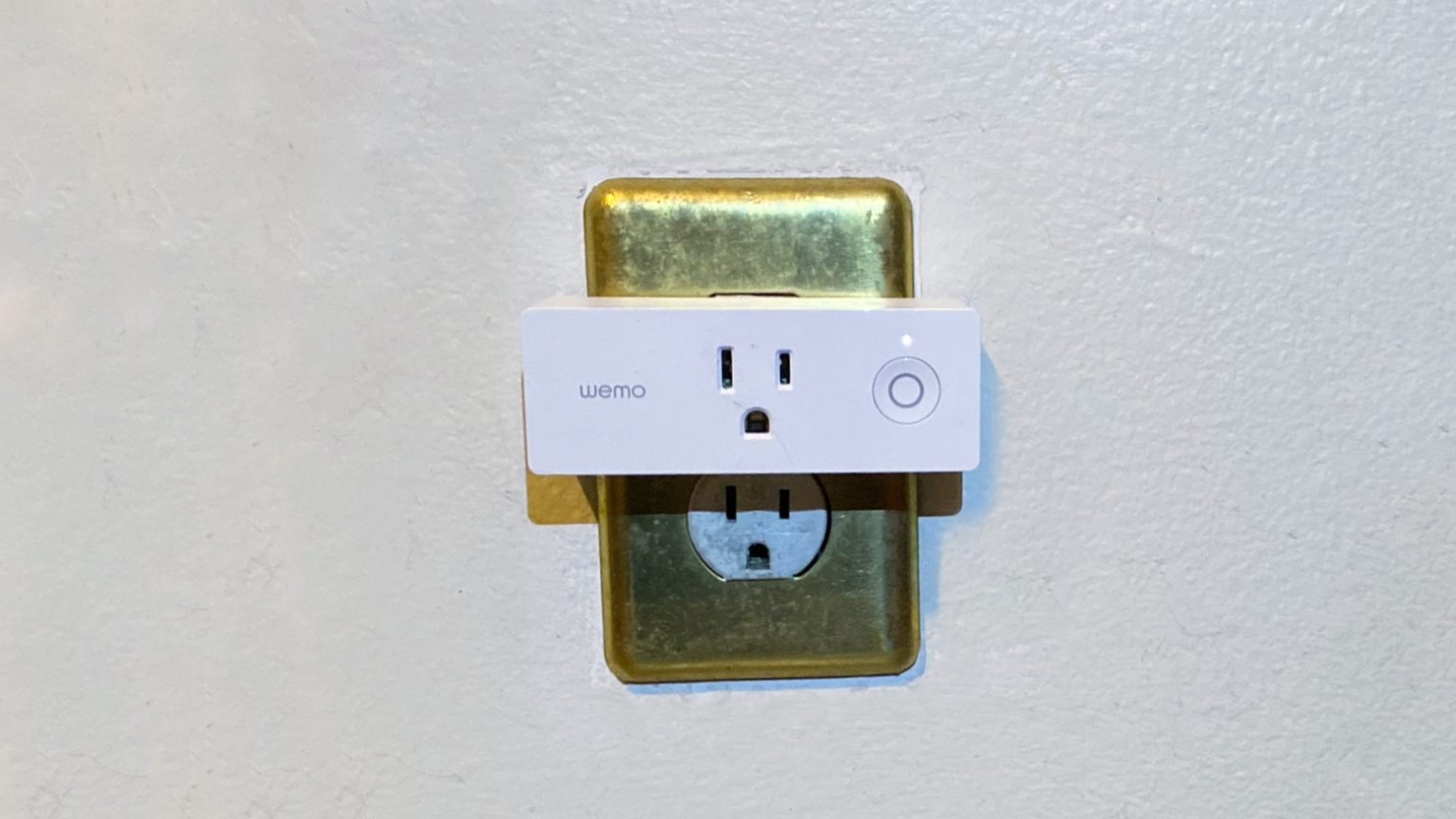Controlling the lights and other gadgets in your home from your iPhone is convenient and fun, too. There are plenty of HomeKit and Alexa accessories that make home automation a snap.
I’ll go over some of the best options I’ve found that will get you started with as little trouble as possible.
This post contains affiliate links. Cult of Mac may earn a commission when you use our links to buy items.
Apple HomeKit or Amazon Alexa for home automation
HomeKit is built into iOS and iPadOS, and accessories are easy to set up. Best of all, you can control your home with Siri commands, even collecting them together into Scenes that you can trigger with a single command. For example, “Hey Siri, good morning” can turn on the lights in your kitchen and living room, and also turn up the temperature in your house.
Apple’s home automation system is very secure, and has a decent amount of industry adoption — as you’ll see in a moment.
Those on a more limited budget might consider going with Amazon Alexa instead. You can still control your accessories from your iPhone, just not with Siri. And compatible accessories generally cost much less. What you’re sacrificing is privacy.
A rival option Google Assistant, but it’s a distant third in this race,
I’ve tested a range of home automation options for beginners. Here are the ones I like best.
Start with a hub
Your home automation system needs a brain. For HomeKit, this can be an Apple TV or HomePod, but a better solution for many is an older iPhone or iPad. Whatever your choice, this will act as your hub. This needs to stay at your house or apartment. You can set up your current iPhone or iPad as the hub, but this will mean you can only control your devices when you’re at home.
If you decide to choose Amazon Alexa instead of HomeKit, you’ll need at least one compatible smart speaker — the Amazon Alexa Dot is normally $49.99 but regularly goes on sale for less. There are fancier options for more money, though.
Buy from: Amazon
And there’s a necessary Amazon Alexa app, too. Use this to set up Routines that can be triggered by talking to the smart speaker.
Smart plugs get you going in a snap
The easiest way to get started with home automation is with a smart plug — a simple accessory that plugs into an existing power outlet and makes it remote controllable. There’s no wiring, nothing complicated. Plug it in and you’re ready to go.
My favorite of these is Belkin’s Wemo WiFi Smart Plug. It’s reliable, and responds quickly to commands. Best of all it’s compatible with HomeKit, Alexa and Google Assistant, so it works whichever system you choose.
Buy from: Amazon

Photo: Ed Hardy/Cult of Mac
Another very good option is the Satechi Dual Smart Outlet, which doubles the number of plugs. Each is individually controllable. It’s HomeKit-only.
I’ve tested all of the products discussed here, but I also wrote and in-depth review of this one.
Buy from: Amazon
As mentioned earlier, choosing Alexa brings some cheaper options. The Amazon Smart Plug is a good single-outlet option for just $24.99. Too bad it can’t talk to HomeKit.
Buy from: Amazon
Or there’s the Kasa Smart Wi-Fi Plug Mini made by TP-Link. This is a very inexpensive option for Alexa-only setups, but it could have been better — TP-Link went back on a promise to add HomeKit support.
Buy from: Amazon
Try a smart light bulb
Smart plugs work for lamps, of course, but you can use a smart bulb in most light fixtures.
The one I prefer is the Sylvania Smart+. It’s bright and easy to set up. It can even be dimmed through the iOS Home application.
Just be aware, it’s HomeKit only. And it uses Bluetooth, not Wi-Fi, so it needs to be somewhat near your hub.
Buy from: Amazon
Go more advanced with a smart wall switch
Everything covered up to now is “plug and play.” There’s no wiring required, and any or all of them could be installed in an apartment or any home.
Smart switches are more advanced but more complex option. These replace regular wall switches and make all your lights more intelligent. But they have to be wired into place.
Belkin‘s line of home automation products includes multiple options. Its Wemo Smart Light Switch supports HomeKit, Alexa and Google Assistant.
Buy from: Amazon
The same goes for the Wemo Smart 3-Way Light Switch, which is needed in places where two switches control the same light.
Buy from: Amazon
There’s an important caveat for both: instillation requires your home to have a neutral wire. The electrical systems in older houses don’t have this, and these smart light switches won’t work without it.
Just the beginning of home automation
I’m barely scraping the surface here. There are so many more options for home automation. There are door bells, thermostats, air conditioners… even water sprinklers. All with HomeKit support.
To find out if this all this is something you’re interested in, there’s no better way to get started than a single smart plug or two. If you like being able to turn your lights on and off with a Siri command, you can go from there.


